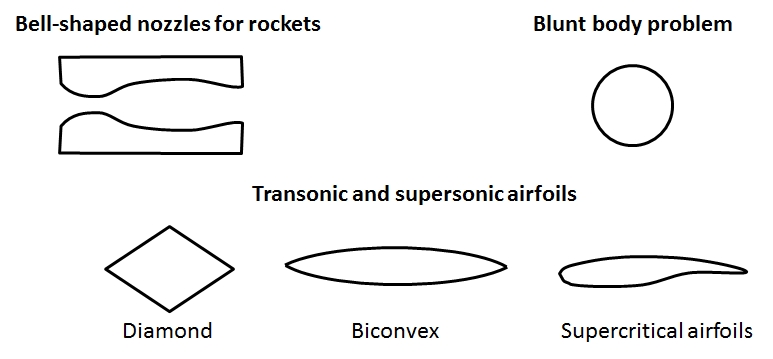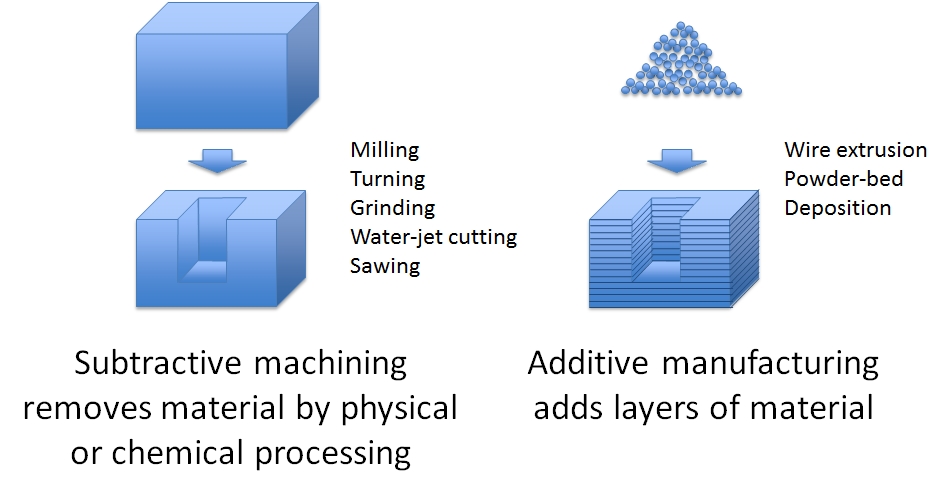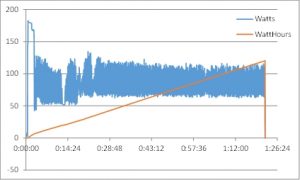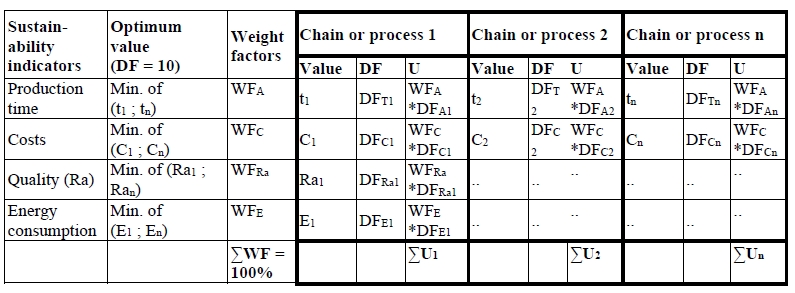Airfoil models were produced with economic, environmental and social dimensions in mind. In addition, parts with cross-sections of a circle, diamond or bell-shaped nozzle were produced to be used in the experimental validation. The part surfaces need to be smooth to avoid turbulence and dimensional accuracy is critical to compare computational simulation and experimental results. The manufacturing of these parts was used as example to discuss sustainability in manufacturing.
Model shapes
Conventional subtractive and additive manufacturing processes were explored. As subtractive processes, removal processes involving chip formation were mainly used due to their high importance in industry, such as turning, milling, drilling, sawing, and belt-grinding [1,2]. As additive processes, three different principles were used: Wire extrusion, vat photopoymerization, and polyjet modeling [1]. Power requirements
Left: Principle of subtractive vs. additive manufacturing processes; Right: Power measurements of wire extrusion 3D printing
To produce a certain part, generic unit processes can be added to a chain (e.g. sawing cuts a part from a blank, turning produces outer surface, milling produces a slot, etc.). Alternative process chains can be built, including sustainability criteria such as processing time, part quality, costs, energy use, and worker skill level.
 Process chain (left: generic, right: with specific process variants and non-value adding steps) [1]
Process chain (left: generic, right: with specific process variants and non-value adding steps) [1]
Sustainability is understood in three dimensions: economy (e.g. production costs, productivity, revenue), environment (e.g. energy use, environmental impact, waste), and society (e.g. worker safety, well-being, education). A transparent and simple method to compare different process chains regarding different sustainability factors was developed and discussed in [1].
Sustainability evaluation sheet [1]
Learning goals within sustainable manufacturing:
• The students will learn first-hand about manufacturing quality criteria, such as processing time (resulting from the path and auxiliary times), processing energy, surface roughness, dimensional accuracy, etc.
• The students will get an understanding of additive manufacturing technologies for polymer parts and the underlying physical principles.
• The students will get an understanding of relevant subtractive technologies and their capabilities with regard to dimensional tolerances, surface quality, effort, equipment needed and costs involved.
• Furthermore, the students will learn about the broader picture of process planning and quality control comparable to industrial procedures as well as sustainability in manufacturing.
• They will experience how the design process defines the subsequent manufacturing steps and how manufacturing impacts part quality.
References:
[1] Barbara Linke, Destiny Garcia, Farhad Ghadamli, Gurpreet Kaur, Sustainable Process Planning for Subtractive and Additive Manufacturing Unit Processes, ASME 2016 International Manufacturing Science and Engineering Conference MSEC2016, June 27 to July 1, 2016, Blacksburg, Virginia, USA, doi:10.1115/MSEC2016-8517
[2] Barbara Linke, Ian Garretson, Fahad Jan, Mohamed Hafez, Integrated Design, Manufacturing and Analysis of Airfoil and Nozzle Shapes in an Undergraduate Course, North American Manufacturing Research Conference (NAMRC 45) on June 5, 2017 in Los Angeles
[3] Destiny Garcia, Barbara Linke. Process Planning Tool for Sustainability Research and Teaching (in preparation)



